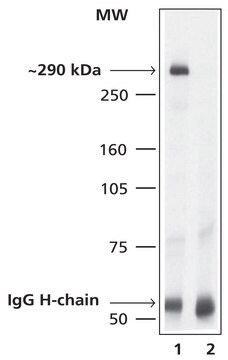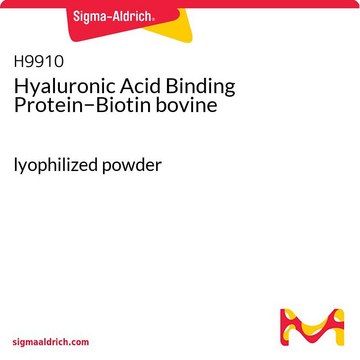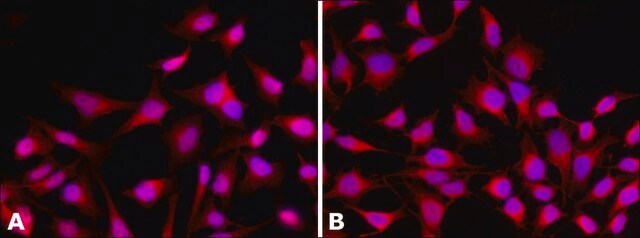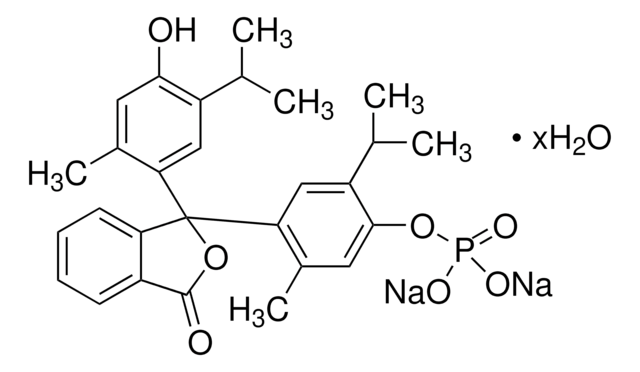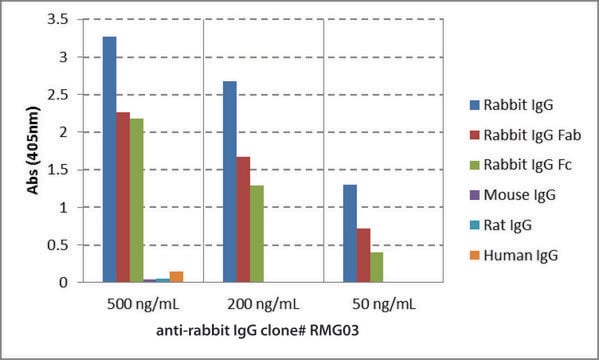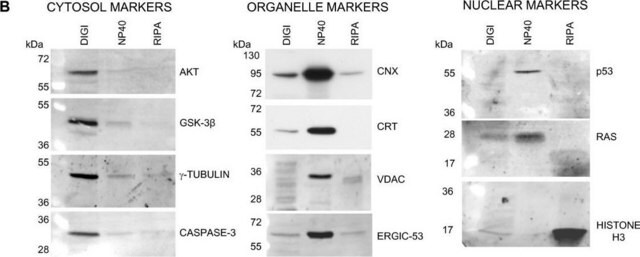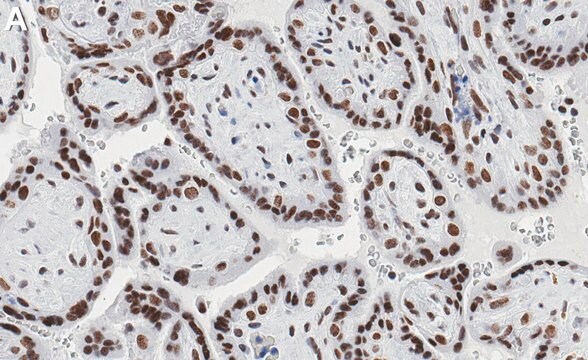H9536
Anti-Histone Deacetylase 4 (HDAC4) (DM-15) antibody produced in rabbit

affinity isolated antibody, buffered aqueous solution
Sinônimo(s):
Anti-HDAC4
About This Item
Produtos recomendados
fonte biológica
rabbit
conjugado
unconjugated
forma do anticorpo
affinity isolated antibody
tipo de produto de anticorpo
primary antibodies
clone
polyclonal
Formulário
buffered aqueous solution
peso molecular
antigen ~140 kDa
reatividade de espécies
human, mouse, rat
validação aprimorada
recombinant expression
Learn more about Antibody Enhanced Validation
técnica(s)
immunoprecipitation (IP): 10-20 μg using RIPA extract of HeLa nuclei
indirect immunofluorescence: 1:250 using HEK 293T cells expressing recombinant mouse HDAC4
microarray: suitable
western blot: 1:1,000 using whole extracts of mouse NIH3T3 cells
western blot: 1:500 using whole extracts of rat brain
nº de adesão UniProt
Condições de expedição
dry ice
temperatura de armazenamento
−20°C
modificação pós-traducional do alvo
unmodified
Informações sobre genes
human ... HDAC4(9759)
mouse ... Hdac4(208727)
rat ... Hdac4(363287)
Descrição geral
Especificidade
Imunogênio
Aplicação
- Western Blotting
- Immnofluorescence
- Immunoprecipitation
Ações bioquímicas/fisiológicas
forma física
Armazenamento e estabilidade
Exoneração de responsabilidade
Não está encontrando o produto certo?
Experimente o nosso Ferramenta de seleção de produtos.
Código de classe de armazenamento
12 - Non Combustible Liquids
Classe de risco de água (WGK)
WGK 1
Ponto de fulgor (°F)
Not applicable
Ponto de fulgor (°C)
Not applicable
Escolha uma das versões mais recentes:
Já possui este produto?
Encontre a documentação dos produtos que você adquiriu recentemente na biblioteca de documentos.
Nossa equipe de cientistas tem experiência em todas as áreas de pesquisa, incluindo Life Sciences, ciência de materiais, síntese química, cromatografia, química analítica e muitas outras.
Entre em contato com a assistência técnica